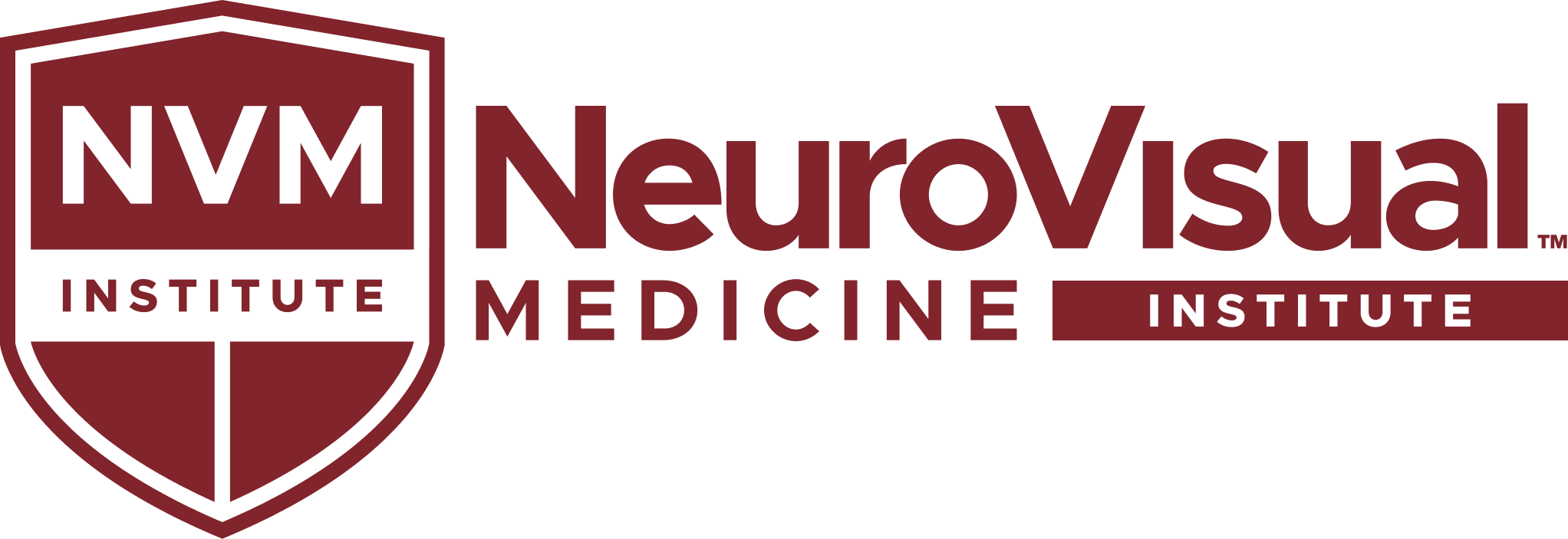Science & Research
Vertical Heterophoria and Treatment with Microprism: The Missing Link
Since first coming across the connection between prism, eyes, and dizziness in 1995, our Detroit-based clinical research team has made significant strides in the understanding and utilization of microprism lenses in the treatment of patients with heterophorias, particularly vertical heterophoria. Our success in treating these symptomatic patients led us to develop the tools and techniques of NeuroVisual Medicine, and to report them via peer-reviewed research. We are on a mission to share this work and its life-changing effect on patients with our colleagues, both through stories of dramatic patient relief and rigorous clinical research.
Our Research
Our peer-reviewed and published research demonstrates that by employing NeuroVisual Medicine methods and techniques, patients (including those with concussion/TBI) who are diagnosed with Vertical Heterophoria (VH) and treated with microprism lenses experience an overall reduction of symptoms between 70-80%. As an outcome of our research, a survey instrument was developed and validated that screens for BVD. The Binocular Vision Dysfunction Questionnaire (BVDQ™) is the most powerful tool developed to date that identifies patients who would benefit from a NeuroVisual evaluation.
Conclusions: Positive response to NCDs in a binocular vision specialty clinic indicates a diagnosis of Third Mobile Window Syndrome (TMWS) among concussed patients with dizziness. Vestibular testing confirmed this association. Medical and/or surgical intervention proved effective in this patient population. NCDs also revealed an inverse of the Tullio phenomenon, where sound removal improved vestibular symptoms and vision misalignment.
Conclusions: Our findings suggest visual disorders may coexist with MdDS, particularly the NMT/SO subtype. The difference in visual dysfunction frequency and medical histories between subtypes, warrants further investigation into differing pathophysiological mechanisms.
Conclusions: Results suggest the BVDQ is a valid, reliable screening tool to assist otologists in identifying VH among their dizzy patients. The BVDQ may also be useful for measuring changes with various treatments, and in identifying diverse symptoms associated with BVD/VH.
Conclusions: Screening and treatment for vertical heterophoria using micro-prism lenses provided significant symptom relief for patients with headache, dizziness, and anxiety symptoms that had not responded to traditional treatments.
Conclusions: The VHS-Q can be used to evaluate the impact of OMD in a stroke population. The psychometric constructs make it useful for evaluating OMD, planning intervention and improving future research.
Outcomes: Results demonstrated marked reduction in all measures of headache, dizziness and anxiety (19.1–60.8%) and an overall subjective improvement of VH symptoms of 80.2%.
Conclusions: Neutralizing prismatic lenses are an effective treatment of headache, dizziness and anxiety in patients with persistent post-concussive symptoms and VH.
Conclusions: Vertical heterophoria was identified in a group of TBI patients with postconcussive symptoms and treatment of the vertical heterophoria with individualized prismatic spectacle lenses resulted in a 71.8% decrease in subjective symptom burden and a relative reduction in VHS-Q score of 48.1%. It appears that vertical heterophoria can be acquired from TBI.
Pathophysiology of Binocular Vision Dysfunction
Our understanding of Vertical Heterophoria has been continuously evolving since 1995, and rests upon the following concepts:
- There are two forms of VH – misalignment involving only one eye (monocular) and misalignment involving both eyes (binocular)
- The misalignment associated with the binocular form of VH originates from a faulty signal emanating from the vestibular apparatus
- The monocular form is commonly known as Superior Oblique Palsy, and represents a visual system malfunction
Significant Patient Outcomes in Under 90 minutes

Improve Depth Perception
Randot testing shows an average of +75% increase (3.3 level increase) immediately upon use of the trial frame containing micro prism lenses.*
*Based on unpublished research: N=69 patients
Baseline (Prior to treatment) = 4.3 units
After micro prism lenses = 7.6 units

Reduction in Near Point of Convergence
Patients experience an immediate 50% reduction in Near Point of Convergence testing from 10.1 in to 5.1 with Micro Prism lenses.*
*Based on unpublished research: N=134 patients
Baseline (Prior to treatment) = 10.1 inches
After micro prism lenses = 5.1 inches
